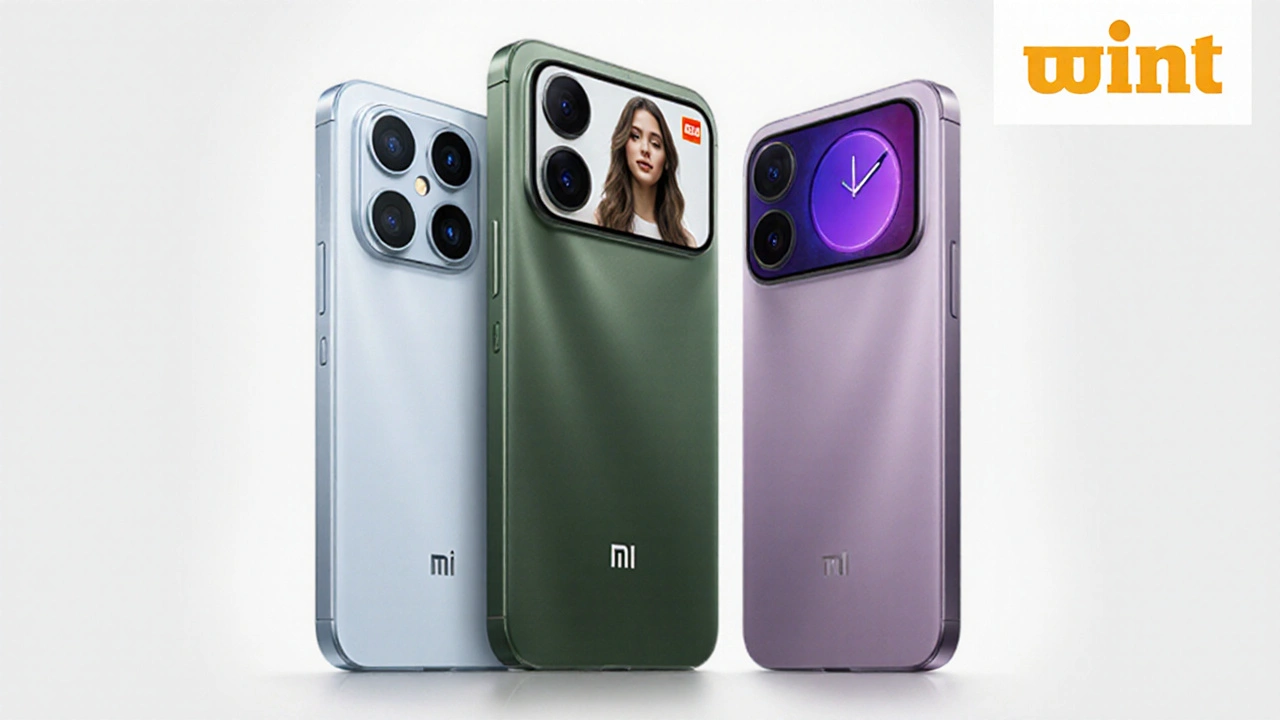China Smartphone Market Overview
If you’ve ever wondered why so many people in China carry a phone that’s cheaper but still powerful, you’re not alone. The market moves fast, driven by new models, aggressive pricing, and a push for 5G. In the last year, sales jumped about 8%, showing that demand stays strong even when the economy slows.
One big reason for that growth is the shift from flagship‑only thinking to a mix of mid‑range devices that still pack high‑end features. Brands now sell phones with multiple cameras, fast charging, and AI assistants at price points that used to be considered budget. This makes it easy for a student, a freelancer, or a senior citizen to find a phone that fits their needs without breaking the bank.
Top Brands and Their Strategies
Huawei, Xiaomi, Oppo, Vivo, and Apple dominate the shelves, but each plays a different game. Huawei leans on its own chipset tech after the US ban, offering strong camera performance at mid‑range prices. Xiaomi focuses on online flash sales, creating hype that drives quick sell‑outs. Oppo and Vivo push stylish designs and strong selfie cameras, targeting younger buyers who value looks as much as specs.
Apple, while a smaller slice of the market, still commands premium pricing with its iPhone 15 series. Even though the price is higher, many Chinese consumers see the iPhone as a status symbol and a reliable device for overseas travel. The competition forces all brands to keep improving battery life and software updates, which benefits every user.
Pricing and Consumer Choices
Price ranges today span from under R2,000 for basic models to over R30,000 for top‑tier flagships. The sweet spot for most shoppers sits between R5,000 and R12,000, where you get 5G, a good camera array, and a solid build. Retailers often bundle accessories like fast chargers or protective cases, which can add value without raising the base price too much.
Online platforms such as JD.com, Tmall, and local e‑commerce sites dominate sales, accounting for about 70% of all units sold. These sites run limited‑time promotions, flash sales, and loyalty points that make the buying experience feel like a game. Physical stores still matter for people who want to test the phone in hand before committing.
Another trend shaping purchases is the focus on software ecosystems. Brands are building their own app stores, cloud services, and AI assistants to lock users into their devices. This means when you pick a phone, you’re also choosing a set of services that will stay with you for years.
Looking ahead, 2025 should see even more foldable phones entering the mainstream, thanks to lower production costs. Expect to see bigger screens, better hinges, and price drops that bring foldables into the mid‑range segment. Meanwhile, 5G coverage will become near‑universal across major cities, making high‑speed data a standard expectation.
In short, the China smartphone market is a mix of rapid tech upgrades, fierce brand competition, and smart pricing tricks that keep consumers engaged. Whether you’re a budget buyer or a brand‑loyal fan, there’s a device that matches your needs and your wallet. Stay tuned to the latest releases, and you’ll always be ready for the next upgrade.

Xiaomi 17 vs iPhone 17: Pricing War and Snapdragon 8 Elite Gen 5 Heat Up China
Xiaomi leaps to the 17 series to take on Apple’s iPhone 17 head‑on in China. With a Snapdragon 8 Elite Gen 5 chip and a sub‑6,000 RMB price tag, the new Xiaomi 17 Pro Max promises flagship specs without the premium cost. Brighter screens, bigger batteries and higher RAM threaten Apple’s dominance. The side‑by‑side launch forces buyers to weigh ecosystem loyalty against raw value. This battle marks a turning point for Chinese brands in the global premium segment.